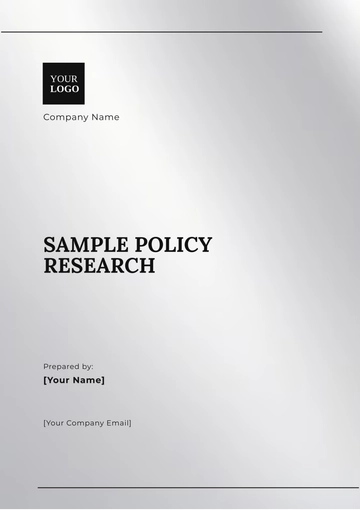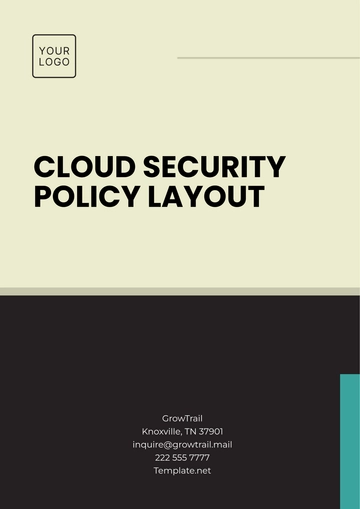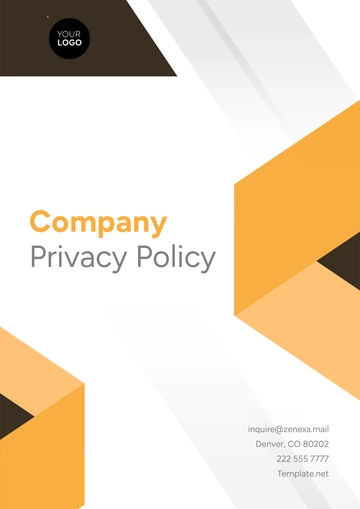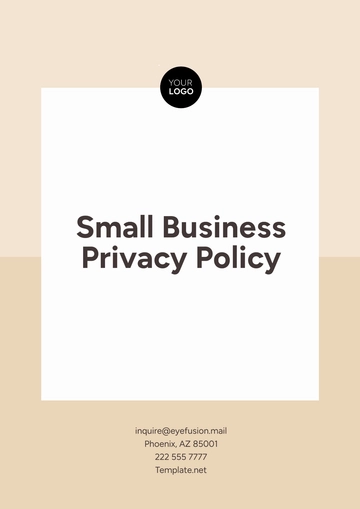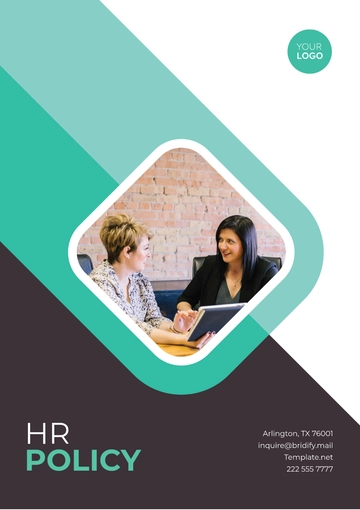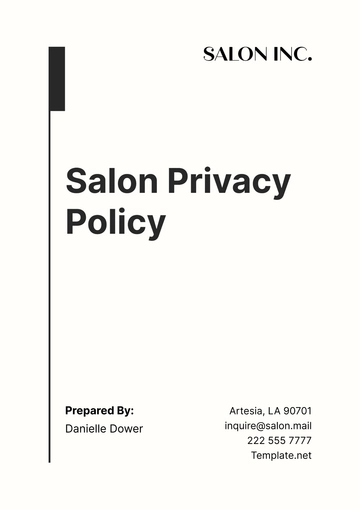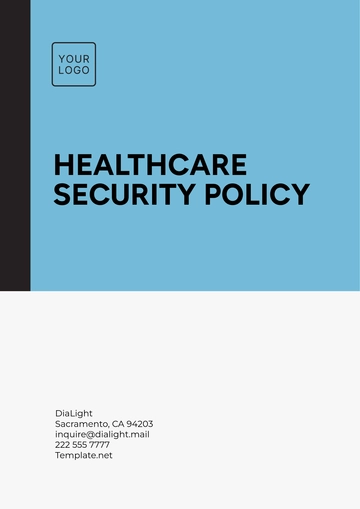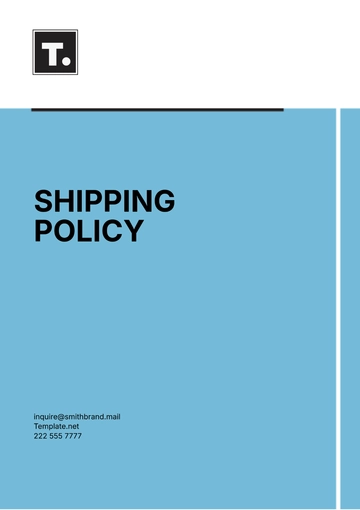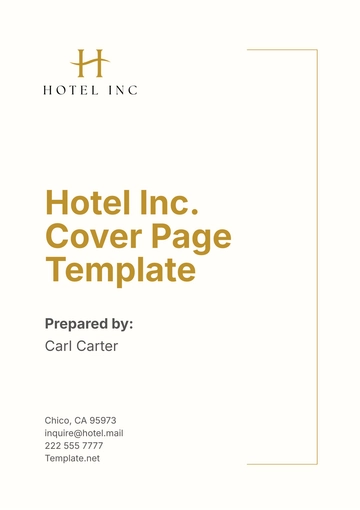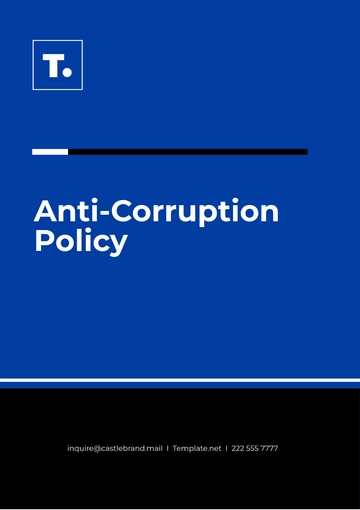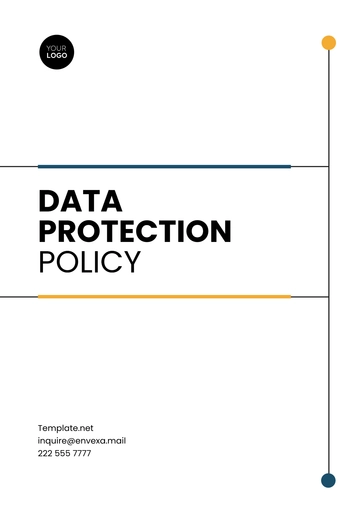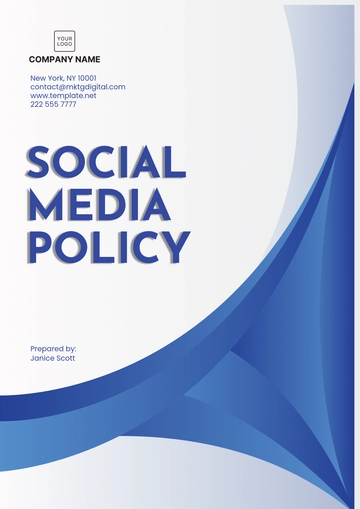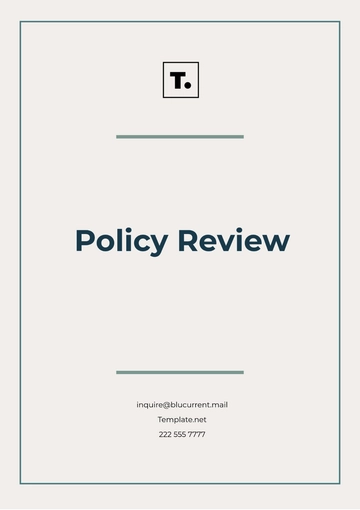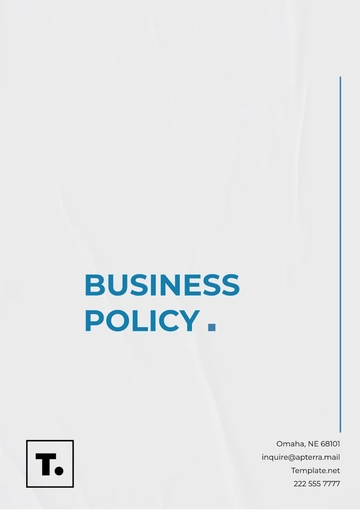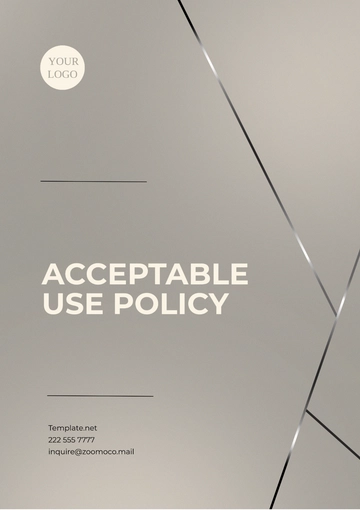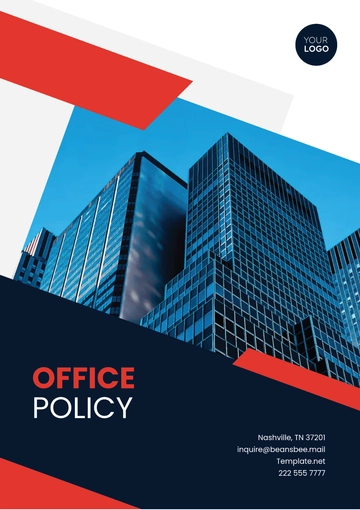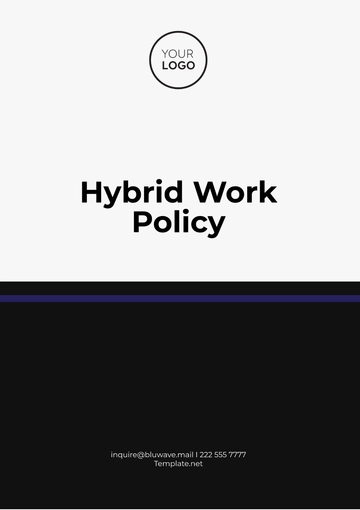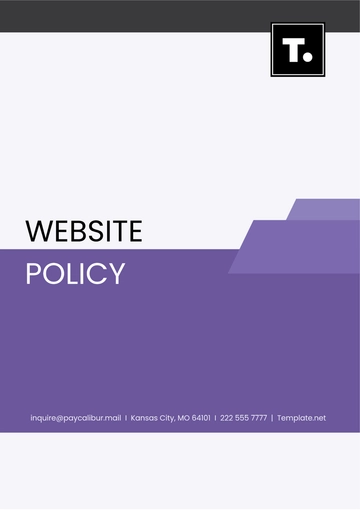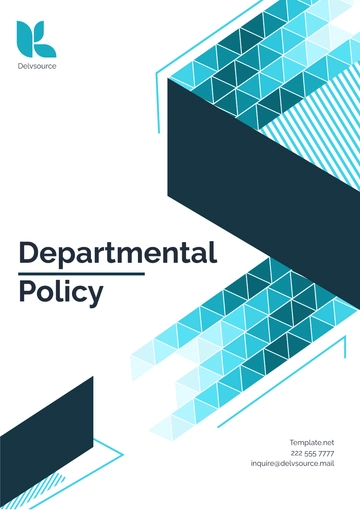Free Salon Hygiene Policy
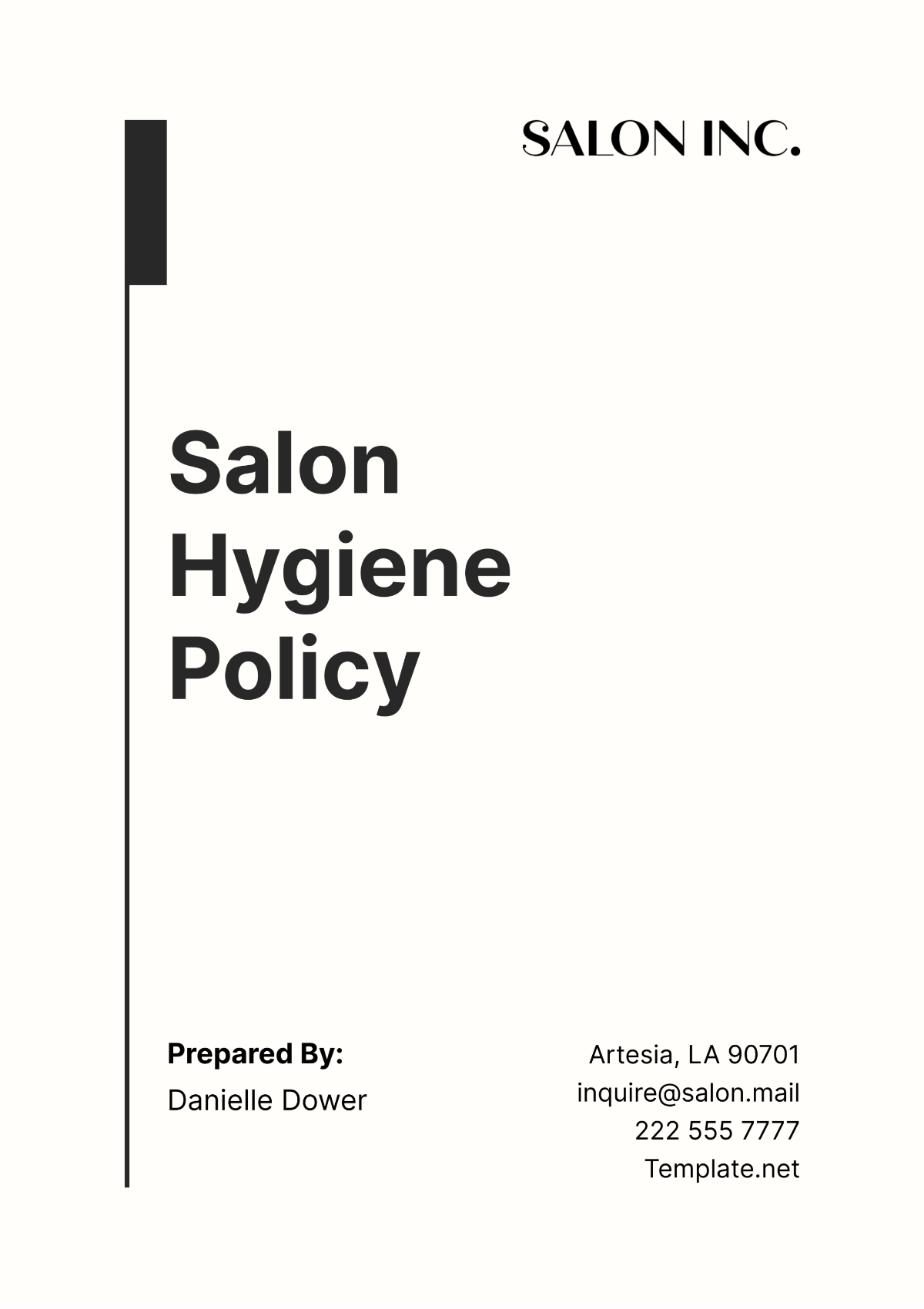
1. Introduction
Purpose
The primary objective of this Hygiene Policy is to ensure the highest standards of cleanliness and sanitation are maintained at [Your Company Name], safeguarding the health and safety of our clients, staff, and visitors. Effective hygiene practices are pivotal in preventing the spread of infections and ensuring a professional environment conducive to wellness and beauty treatments.
Scope
This policy is required to be adhered to by all employees, encompassing both those who are employed on a full-time basis and those who work part-time, as well as any subcontractors who are engaged in activities within the premises of [Your Company Name]. Furthermore, while it is not mandatory for clients, they are strongly encouraged to comply with certain elements of this policy that are applicable to them, such as maintaining proper hand hygiene.
2. Personal Hygiene
Hand Hygiene
Employees are required to wash their hands thoroughly with soap and water for at least 20 seconds at the following times:
Upon entering the salon
Before and after eating
After using the restroom
Before and after each client interaction
After handling waste
After cleaning duties
Alcohol-based hand sanitizers are also provided throughout the salon and should be used in conjunction with regular hand washing.
Personal Grooming
All employees must maintain a high standard of personal grooming and cleanliness, which includes:
Regular showers or baths
Clean and professional uniforms daily
Hair neatly tied back or kept short to avoid contact with clients or equipment
Minimal use of personal fragrances to avoid potential allergic reactions in clients
Health Reporting
Employees are required to inform their immediate supervisor in the event that they are manifesting symptoms indicative of contagious diseases, which include but are not limited to a high fever, a continual cough, or any form of skin infection. It is imperative that they abstain from attending their workplace until such time as they have received medical clearance confirming their fitness to resume work duties.
3. Salon Cleanliness
Daily Cleaning Procedures
The salon will be cleaned daily following the schedule below to ensure all areas are maintained to the highest standards of hygiene.
Area | Tasks | Frequency |
|---|---|---|
Reception | Disinfect surfaces, sweep, mop | Daily |
Treatment Rooms | Disinfect tools, surfaces, sweep, mop | After each client |
Restrooms | Sanitize fixtures, and floors, replenish supplies | Hourly |
Staff Room | Clean surfaces, appliances, and floors | Twice a day |
Deep Cleaning Schedule
Every month, a thorough and comprehensive cleaning of the entire salon will take place. This detailed cleaning regimen encompasses various activities including, but not limited to, the steam cleaning of upholstery, the shampooing of carpets, and the meticulous cleaning of hard-to-reach areas such as spaces behind equipment and beneath furniture.
Waste Disposal
All waste will be disposed of according to the following protocols:
General waste in designated bins is emptied daily.
Hazardous waste (e.g., chemicals, sharp objects) in secure, marked containers, handled by licensed waste management services.
4. Equipment and Tools Sanitation
Sanitization Protocols
All tools and equipment must be sanitized using the following steps:
Remove any visible debris.
Clean with soap and water.
Disinfect using an EPA-registered disinfectant.
Sterilize tools using an autoclave or UV sterilizer for items that come in direct contact with skin and hair.
Storage
Tools that have been cleaned and disinfected should be stored in a separate location from those that have been used in order to prevent any form of contamination. Additionally, the areas designated for storage will undergo regular inspections to ensure they remain clean and well-organized.
Sterilization Equipment
Autoclaves and ultraviolet sterilizers will undergo monthly testing to confirm that they are operating correctly. Detailed records of each sterilization cycle and any maintenance performed will be meticulously maintained and stored for the purpose of health inspections.
5. Client Safety
Client Protection
Every client will be supplied with either disposable capes and linens or ones that have been freshly sanitized. Additionally, chairs and workstations will undergo a thorough cleaning with disinfectant prior to being used by each client.
Skin Preparation
Clients' skin will be prepared for services by:
Cleaning the area with a mild, hypoallergenic cleansing solution.
Applying a pre-service antiseptic to any area that will be in contact with potentially sterile tools or products.
Handling Contaminated Equipment
In the event that any piece of equipment becomes contaminated during a service, such as through accidental contact with blood, it will be promptly removed from the area where services are being provided. Subsequently, this equipment will be thoroughly cleaned and subjected to a complete sterilization process before it is permitted to be used again.
6. Staff Training and Compliance
Training Programs
At [Your Company Name], we require all staff to undergo comprehensive training in hygiene and sanitation practices upon hiring and annually thereafter. This training includes:
Basic Hygiene: Understanding the importance of personal hygiene and its impact on the workplace.
Salon-Specific Protocols: Detailed instructions on the specific hygiene practices as per our policy.
Tool and Equipment Sanitization: Procedures for the proper cleaning, disinfection, and sterilization of salon tools and equipment.
Emergency Response: Training on handling accidents and health emergencies, including exposure to bloodborne pathogens.
Training sessions are conducted by certified professionals, and completion is documented in employee records. Refresher courses and updates are provided whenever there are changes in hygiene standards or salon practices.
Compliance Monitoring
Compliance with hygiene protocols is monitored through regular audits and inspections. These are scheduled as follows:
Frequency | Focus Area | Method of Compliance Check |
|---|---|---|
Daily | Personal hygiene, clean workstation | Spot checks by supervisors |
Weekly | Tool and equipment sanitation | Review of sanitation logs |
Monthly | Overall salon cleanliness | A full audit conducted by a hygiene officer |
Non-compliance is addressed immediately with corrective training, and repeated violations can result in disciplinary action.
Disciplinary Actions
Failure to adhere to the salon's hygiene standards is subject to the following disciplinary process:
First Violation: Verbal warning and re-training.
Second Violation: Written warning and possible suspension.
Third Violation: Termination of employment.
This process ensures that all staff members maintain a high level of hygiene, which is critical to the health and safety of everyone in the salon.
7. Emergency Procedures
Exposure Response
In the event of an accidental exposure to blood or bodily fluids, the following steps must be taken:
Immediate Response: The exposed staff member must clean the area with water and soap immediately. For eyes or mouth exposure, flush with water for at least 15 minutes.
Report: The incident must be reported to the salon manager, who will document the exposure and guide the next steps.
Medical Evaluation: The exposed individual should seek medical evaluation, especially for bloodborne pathogens.
Follow-Up: The salon will follow up on the incident to ensure the well-being of the individual and determine if further action is required to prevent future incidents.
Accident Handling
All salon staff are trained to handle minor accidents such as cuts or burns. The following protocol is followed:
First Aid: Administer first aid immediately. Each workstation is equipped with a first aid kit.
Report: All incidents must be reported to the salon manager and documented.
Review: Incidents are reviewed to improve safety measures and prevent recurrence.
8. Client Education
Information Sharing
Clients are informed about our hygiene practices through various channels:
Welcome Brochure: New clients receive a brochure that outlines our commitment to hygiene.
Signage: Educational signs about hygiene practices are displayed throughout the salon.
Consultations: Staff discuss hygiene protocols during service consultations, emphasizing our practices for client safety.
Feedback Mechanisms
Client feedback is crucial for maintaining high standards. We encourage feedback through:
Feedback Forms: Available at the reception and online on our website.
Direct Communication: Clients can speak directly to staff or management about their concerns.
Online Reviews: We monitor and respond to online reviews that pertain to hygiene practices.
9. Policy Review and Update
Review Schedule
This Hygiene Policy is reviewed annually to ensure it aligns with current health regulations and industry best practices. The review process includes:
Feedback Collection: Gathering input from staff and clients about the effectiveness of current practices.
Industry Benchmarking: Comparing our practices against industry standards to identify areas for improvement.
Regulatory Compliance: Ensuring the policy meets all local and national health regulations.
Updating Procedures
Whenever there are modifications to the policy, these are undertaken after carefully considering feedback from various stakeholders, findings from benchmarking exercises, and updates in regulatory standards. These changes are then communicated to all staff members during meetings and through specialized training sessions. Additionally, the updated versions of the policies are prominently displayed in common areas and are also distributed to all employees to ensure everyone is well-informed.
- 100% Customizable, free editor
- Access 1 Million+ Templates, photo’s & graphics
- Download or share as a template
- Click and replace photos, graphics, text, backgrounds
- Resize, crop, AI write & more
- Access advanced editor
Maintain the highest standards of cleanliness with Template.net's Salon Hygiene Policy Template. This editable and customizable document, designed to be used with the Ai Editor Tool, outlines specific hygiene protocols that are crucial for your salon's operation. Tailor the content to ensure a consistently clean and safe environment that upholds public health and enhances client confidence.
You may also like
- HR Policy
- Restaurant Policy
- Company Policy
- Accounting Policies and Procedures
- Website Policy
- Privacy Policy
- Safety Policy
- School Policy
- IT and Software Policy
- Law Firm Policy
- Construction Policy
- Interior Design Policy
- Travel Agency Policy
- Education Academic Policy
- Security Policy
- Real Estate Policy
- Expense Policy
- Software Policy
